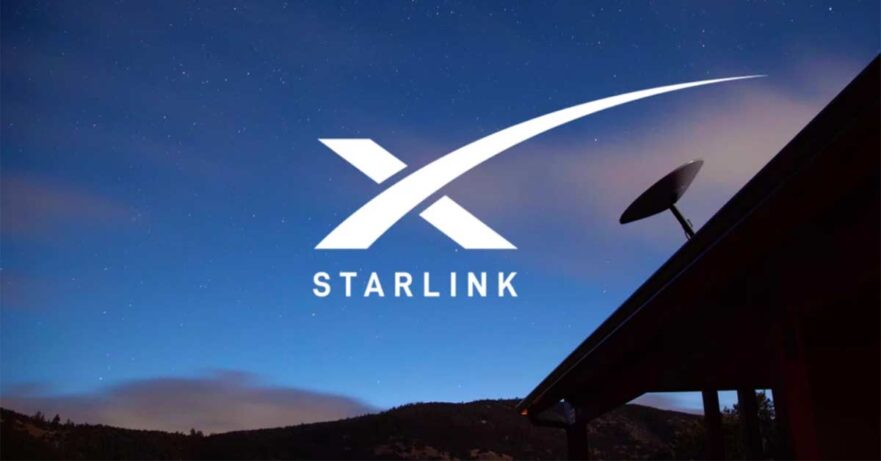Signing up for a Starlink internet plan is now more affordable than ever, thanks to this limited-time deal that significantly drops the price of the Starlink dish-antenna kit.
The offer ends August 31 and lowers the cost of the kit to just P19,999 (about $363 converted) from its regular price of P29,320 ($533). The internet-subscription fee, on the other hand, is still P2,700 ($49) per month, the same as when it launched in February earlier this year.
SpaceX, which operates Starlink, says users can expect download speeds of up to 200Mbps depending on their location. That’s not bad, but not great either, especially considering how affordable fiber internet is these days. You can even get prepaid fiber now from terrestrial providers Converge ICT and Globe Telecom.
But then again, Elon Musk’s satellite-based internet service is best suited for users who live in remote areas that cannot be serviced by terrestrial lines. And while we can’t vouch for Starlink’s speed or reliability, many subscribers in the Philippines claim the service should be as good as advertised — or even better! — as long as your roof has a clear, unobstructed view of the sky.
For P2,700 ($49) monthly and a heavily discounted hardware cost (albeit for a limited time), the promise of working from anywhere in this beautiful archipelago might sound enticing.
To purchase a Starlink kit, go to the official Starlink website’s Map tab, type in your area in the Service Address search box, and click on Search. Choose your location, then click on Order Now. On the Order page, you’ll need to provide your contact information and shipping address before you can place an order.
Starlink uses a universal network of satellites floating in Earth’s low orbit to beam down high-speed internet signals to small satellite dishes owned by its subscribers. Unlike traditional fiber internet, the service doesn’t need international submarine cables, fiber-optic and copper cables, transmitter towers, roadside cabinets, and other traditional infrastructure associated with terrestrial internet to work, making it an ideal solution in countries divided by islands like the Philippines.
Share this Post



